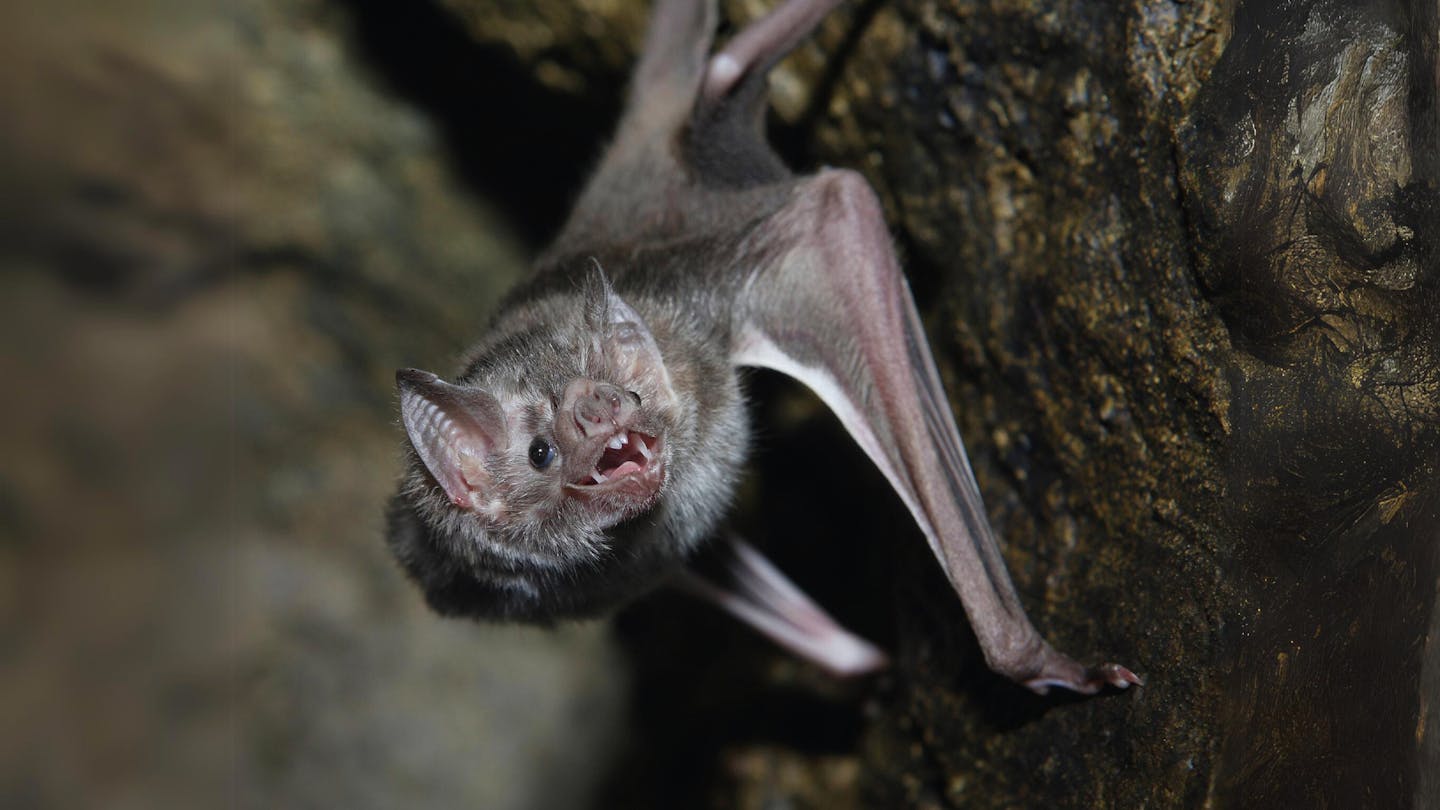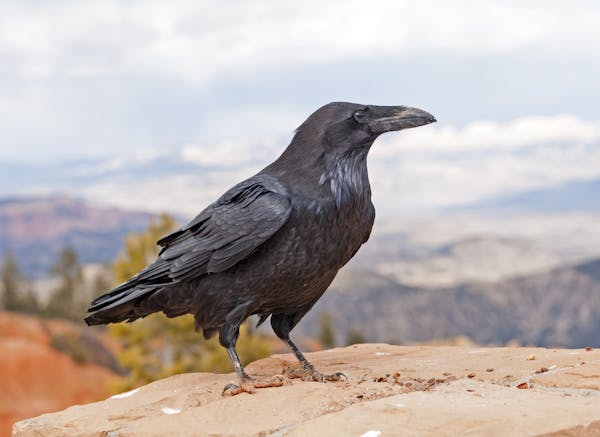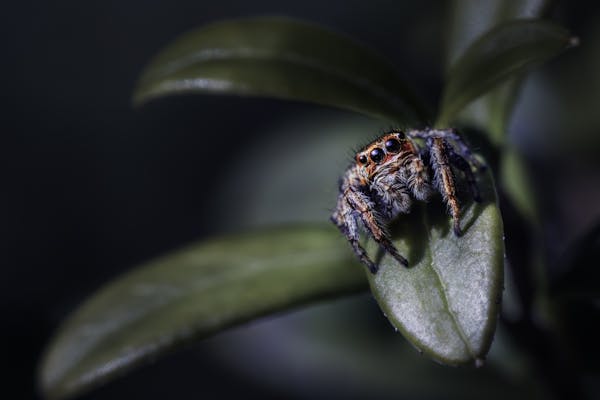Vampire bats develop long-term friendships
A misunderstood creature
With their fluttering of wings, pointy incisors, and taste for blood, the vampire bat has gained a vicious reputation in folklore and pop culture. However, researchers at the Smithsonian Tropical Research Institute documented vampire bats developing long-term social bonds during captivity that they maintained once released back out into the wild. This is a rarity in the animal kingdom as most animal relationships are based on mutual benefits that occur in-the-moment.
Experimenting with social bonds
Gerald Carter, the assistant professor of evolution, ecology and organismal biology at The Ohio State University, and his team housed female vampire bats in a laboratory for twenty-two months. In the isolated colony, food was abundant — creating amicable food sharing and grooming conditions. When returned to their natural habitats, sensors were placed on the twenty-three formerly captive bats. Sensors were also placed in a control group of twenty-seven wild bats living in the same hollowed trees.
Observed first in captivity, female vampire bats were filmed regurgitating their blood meals to feed non-relatives kept in separate cages with no access to food. The shock to scientists came when they noted the same behavior occurring upon release of the colony back into nature with no obvious return benefit for the food-sharing bat.
“It's pretty rare outside of humans to have behaviors where I'm paying an obvious cost to help you, and you're not related to me,” Carter said.
Friendships that last beyond the lab
The data recorded shows that the bonds between the previously captive bats persisted and were stronger than wild bats' connections to each other. Even with over 200 potential partners in the roost, the bats that had connected in the lab stuck together. Scientists are still studying the benefits of this giving-based cooperation, but it is evident that bats relate to shared experiences. With no apparent gains given to the bat sharing with its non-relative, could it be that vampire bats practice reciprocal altruism?
To qualify for reciprocal altruism in the animal kingdom, the benefit to the receiver has to be larger than the cost to the donor. Since vampire bats only feed on blood and will die after 70 hours of not eating, this holds true. Also, the individuals who behaved altruistically in the past have to be seen receiving help. This too has been observed.

A colony of vampire bats. Image Credit: Uwe Schmidt, Wiki Commons.
Defying the rules of reciprocal altruism
The only behavior vampire bats have not been spotted participating in, is not coming to the aid of a bat who has refused to help others. Therefore, the vampires bats don’t qualify yet as an example of reciprocal altruism. However, with no punishment witnessed for non-sharing individuals, could vampire bats really be practicing kindness amongst friends?
Support Nature Conservation



